Artist Silvia Jones-Terare connects her culture and her love of art in her work supporting children and young people as a Cultural Support Planner.
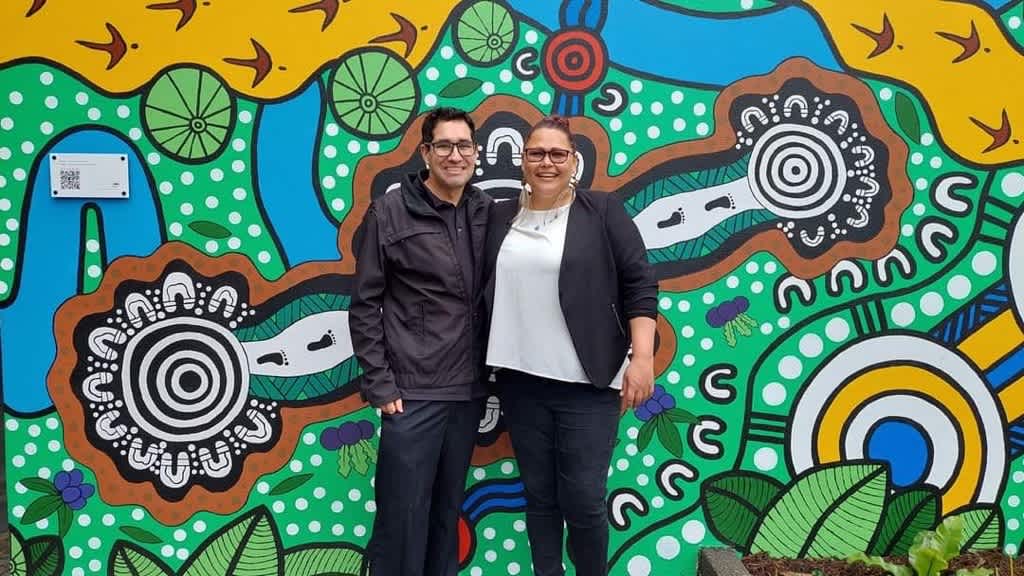
For ten years, Kabi Kabi, Gooreng Gooreng, South Sea Island, Welsh artist Silvia Jones-Terare has connected her art and her culture with her work supporting, encouraging, and inspiring children and young people, as a Cultural Support Planner for Life Without Barriers.
Silvia first found her love of painting from her family and community, especially when visiting her Godmother/Aunty, a talented Koori artist, who showed her how to paint on canvas and t-shirts and taught her about different symbols and stories.
Silvia was also inspired by the rock art and storybooks she would tirelessly flick through in the family home, awe-struck by the colours and locations. At a young age, she was hooked and soon realised that this was what she was destined to do.
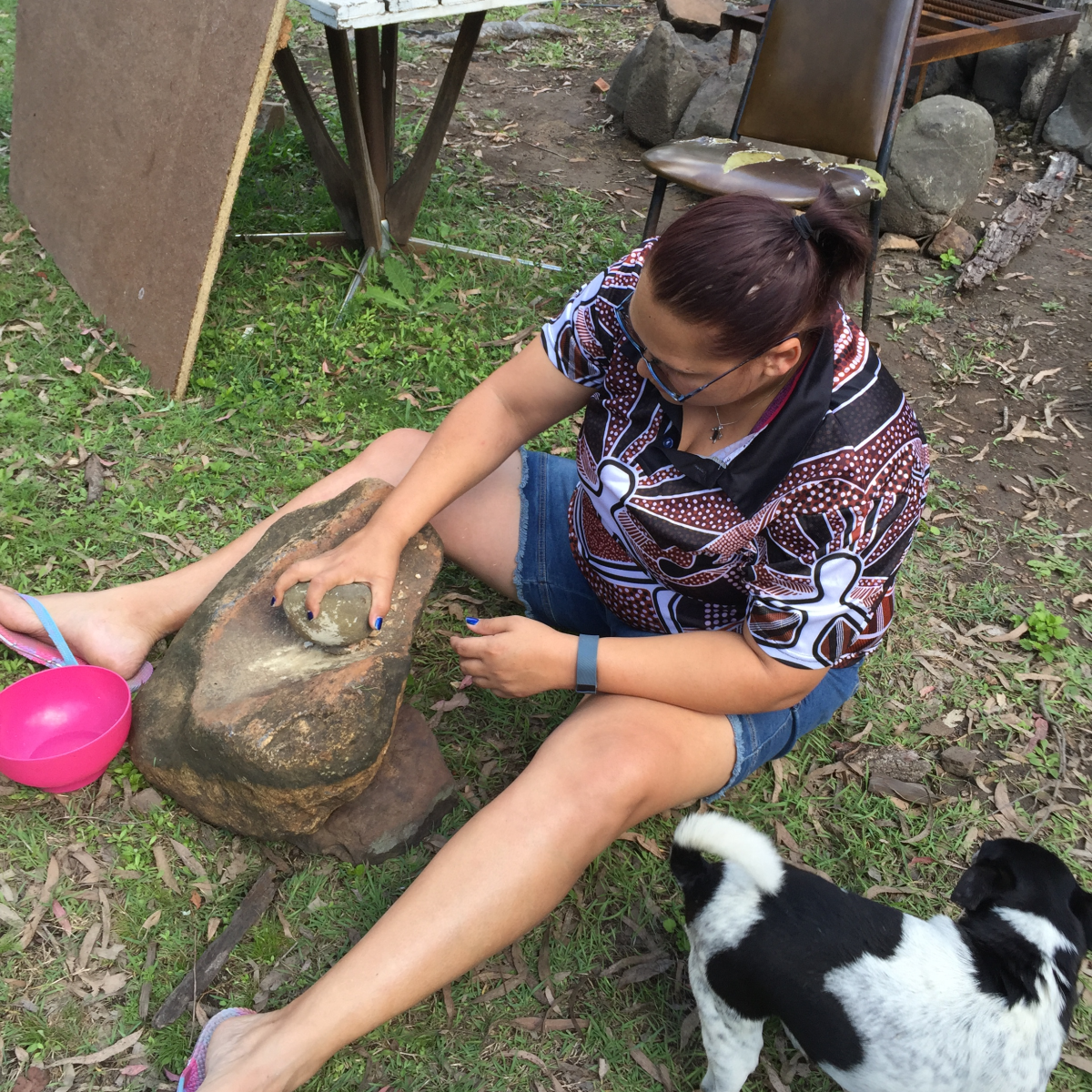
Silvia was spurred into action, and her painting began in earnest. She met Aunty Bridget, who created a Certificate II in Arts Administration in collaboration with South Bank TAFE. Aunty Bridget saw potential in some of Silvia’s paintings and encouraged her to enrol.
During the course, Silvia gained many skills, learning from other artists and different aspects of culture. This gave Silvia the opportunity to learn more about telling stories through her artwork, becoming a contemporary Aboriginal artist, and finding her voice.
Collaboration
TAFE is where Silvia met one of her teachers Stephen Hogarth, a proud Gamilaroi man who became her co-artist on many projects.
“Stephen and Uncle Roy from TAFE have both been mentors for me as I have developed as an artist,” Silvia said.
“Uncle Roy Link was such a great mentor and talented artist himself. He spoke a lot about his experiences of learning stories while out with the men. They would draw the story in the sand, and you would have to remember it before the wind blew the sand away.
“South Bank TAFE is where I sold my first painting at our end-of-course exhibition. I was in my early 20s and truly amazed that I was now a professional artist. It is still featured in the library of the TAFE to this day, which, being in my early 20s at the time, was truly amazing.
“It was a rainbow serpent painting and speaks about the story of the rainbow serpent and the creation of Australia, as well as the relationship with different animals and totems."
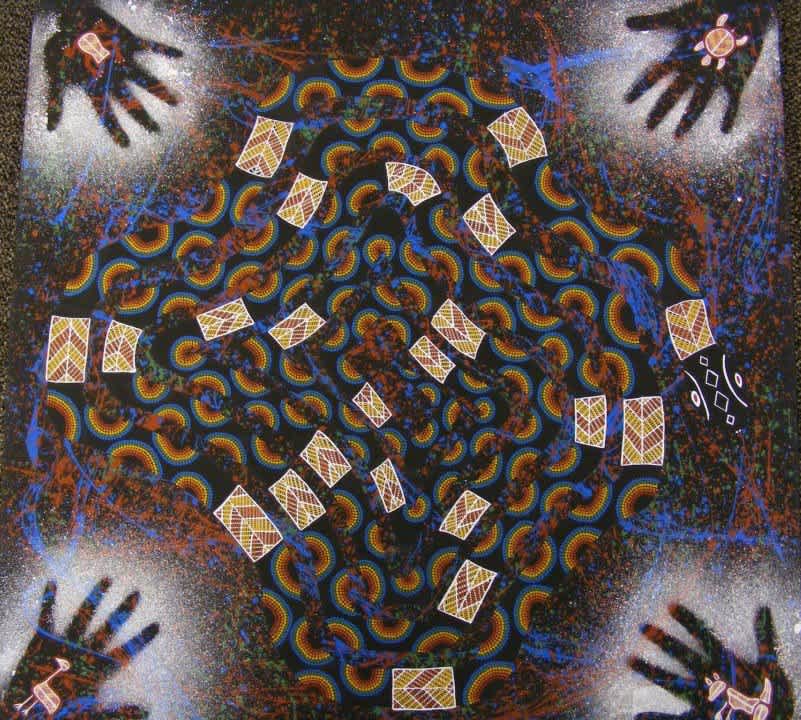
As her art developed, her mentor Stephen included Silvia in art exhibitions and invited her to co-artist on commissioned artworks, such as the poles at Prince Charles Hospital.
“Stephen was instrumental in including me in exhibitions or to co-artist with him on commissioned artworks. This eventually led to my own commissions, such as a mural at the Queensland Academy of Creative Industries at Kelvin Grove."
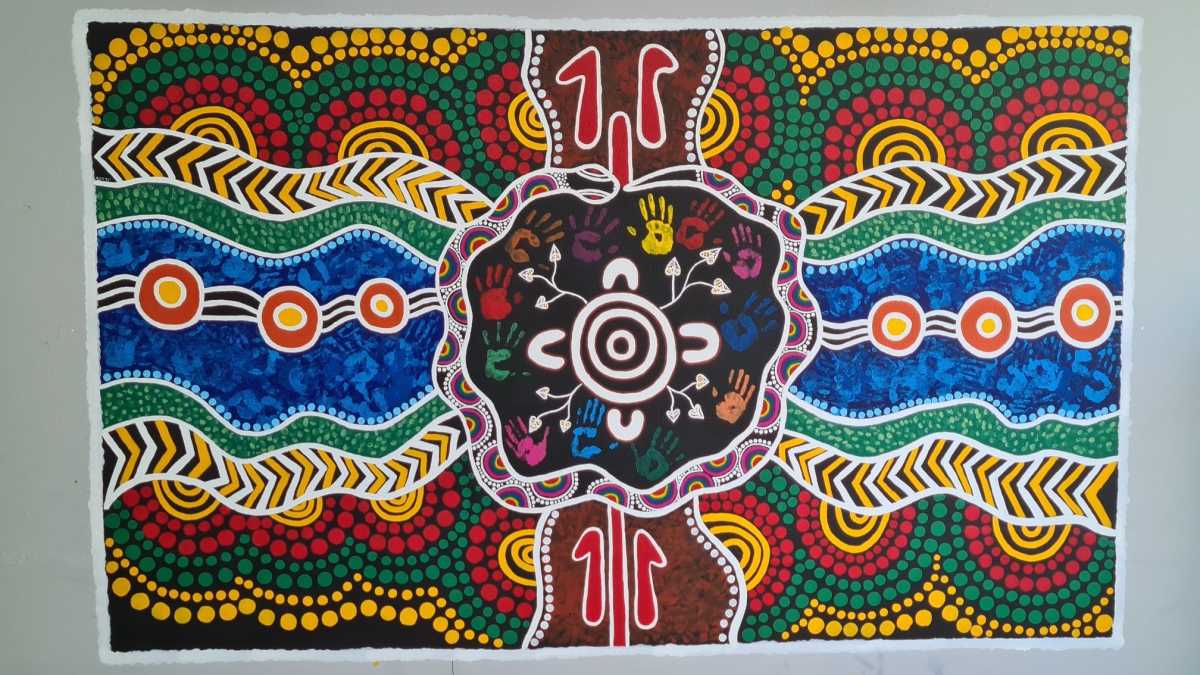
Recently Silvia and Stephen worked together on a mural commissioned by South Bank Corporation called A place where we gather.

Hand in hand
When Silvia started working at Life Without Barriers, it was a natural progression to run painting workshops with the children and young people she supported, along with going to cultural events to keep the cultural connection strong.
“My art really goes hand in hand with my work with children and young people.”
Silvia remembers a nine-year-old Aboriginal and Torres Strait Islander girl, Jocelyn*, who she introduced to painting workshops. Jocelyn showed an interest in painting and had a natural skill for it. Silvia supported Jocelyn to pursue her gift while she was in care and encouraged her to paint over the years.
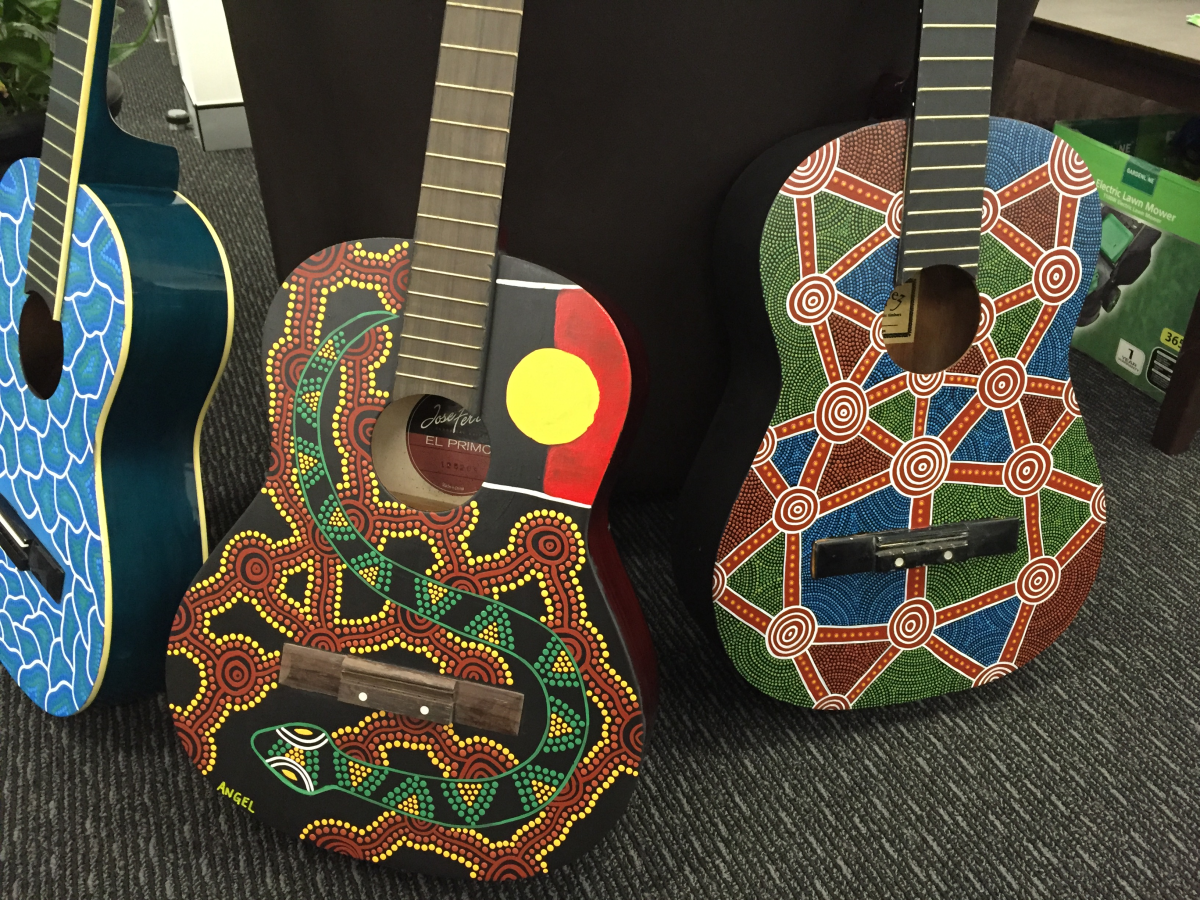
“Jocelyn is now 19-years-old, and I have invited her to assist in teaching children at art workshops and to help me to organise community art exhibitions,” Silvia shared.
“She came to a recent Child Protection Week event to help with a workshop, and I am now helping her set up her own art business. I’m sharing with her everything I have learnt from my mentors.
“She is helping me organise a community art exhibition at Kurbingui, which will hopefully be held in November, where she’ll also show her artwork.
“It’s wonderful to be able to foster the next generation of Aboriginal and Torres Strait Islander artists by sharing what I have learnt.”
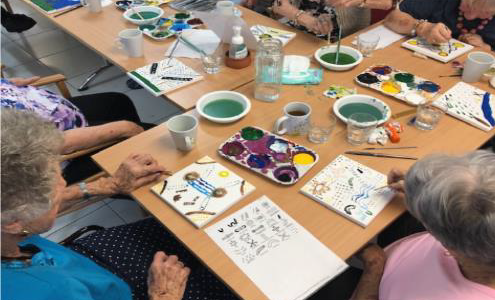
Cultural connection
Silvia talks glowingly about stories that she learnt from significant people in her life, such as Uncle Boomi, Aunty Leoni and other Aunties and Uncles from Brisbane Northside Elders and Logan Elders, to name a few.
Stories about seasons and the importance of connecting young people to Country. Stories about the importance of young people being with or having relationships with family and community and the importance of healing. Stories about when you can and can’t hunt animals, when certain wattles flower, and when the mullet runs. It’s all connected.
“Keeping the knowledge continuing throughout the generations, is key for our future,” Silvia said.
“Even though at times we’re still learning about the many different aspects of our own traditions, our young people can learn and continue to teach as well.
“I’ve gained a lot of that knowledge through my work. I’ve learnt from different tribes and learnt from our many Elders to find last names and connections to Traditional Country, which helps to find where people are from. This also gives us the opportunity to find kin that we can connect our young people to.
“Finding the right kin for those children or who in the community can be the cultural authority to share that information is essential. My background gives me the cultural knowledge to travel through that, and Life Without Barriers provides a caring setting to do that.”

Reconciliation
When asked what Reconciliation means to her, Silvia notes she comes from a family who are from different cultures, such as Welsh, Aboriginal, and South Sea Island. Reconciliation was already happening while Silvia was growing up, and her view is that it is about embracing each other, listening, learning about protocols and traditions and celebrating our differences.
"Culture is precious and important to so many people; it is central to who they are and is how they identify."
“I personally think Life Without Barriers does a brilliant job of supporting all aspects of Reconciliation. It’s one of the reasons why I love what I do.
Silvia believes that initiatives like introducing an Acknowledgement of Country to all meetings across the organisation shows there is a lot of enthusiasm and respect for Reconciliation at Life Without Barriers.
“Cultural support, our Reconciliation Action Plan, and the incredible work we do in many communities shows this commitment in action,” Silvia said.
“I have been encouraged to think outside the box and organise many events, programs and cultural camps.
“This is so much easier to do, due to our supportive environment. Everyone is so passionate and willing to get in and lend a hand wherever it is needed.
“I am grateful Life Without Barriers gives me the opportunity to do that.”
*Some names have been changed to protect the children in this story.


